| Name | Winter Placenta Forceps |
| Lead Time | 0-3 days |
| Competitor | ;535066;53-5066;5350-66;535067;53-5067;5350-67;5350-66_5350-67; |
| Specialty | Obstetrics & Gynecology-Forceps – Ovum & Placenta |
| Material Finish | Stainless Steel |
| Grade | Premium Operating Room |
| Units of Measurement | Each |
| Manufacturer | Tool Tectra |
| Sterility | Non-Sterile |
| Usage | Reusable |
Zep-Type Atraumatic Hysterectomy Forceps – Offset
Winter Placenta Forceps are commonly used to aid the mother in the removal of the placenta after giving birth. The forceps feature elongated cupped blades to hold the tissue to be removed. The forceps are available straight or curved to accommodate a wide range of cases.
Description
Reviews (0)
Be the first to review “Zep-Type Atraumatic Hysterectomy Forceps – Offset” Cancel reply
Shipping & Delivery
Related products
Bierer Ovum Forceps
SKU:
TT-SI-1633
Bierer Ovum Forceps are ideal for properly removing pieces of the placenta or products of conception from the uterus to prevent infection. The instrument features ring handles and serrated hollow blades to firmly grasp the tissue to be removed. The forceps are available in various lengths with or without a ratchet locking mechanism to accommodate a wide range of cases.
Colins Uterine Elevating Forceps
SKU:
TT-SI-6578
Fink Ovum Forceps
SKU:
TT-SI-3243
13.0 mm, concave tip, 10-1/2" (26.7 cm) Fink Ovum Forceps are designed to properly remove placental tissue or other products of conception from the uterus. The hollow rectangular jaws feature serrated teeth to get a firm grasp on the tissue to be removed. The concave tip is designed to prevent grasping the fundus of the uterus.
Elliot Obstetrical Forceps
SKU:
TT-SI-4862
Elliot Obstetrical Forceps are commonly used to aid the mother in childbirth. The elongated, curved cephalic blades have an opening and are designed to grasp the child's head close to the pelvis. The handle is grooved for the obstetrician to allow a firm grip on the instrument while in use. Available in various lengths to accommodate a wide range of cases.
Clark Forceps
SKU:
TT-SI-6294
Corson Myoma Grasping Forceps
SKU:
TT-SI-8188
Bill Traction Handle
SKU:
TT-SI-6922
for use w/ all standard handle type o.b. forceps Bill Traction Handle is designed to increase the accuracy of traction to the path of least resistance. The handle features a claw that is applied to the finger guards of standard obstetrical forceps. The claw is then attached via a vertical rod and movable joint to a handle grip that is held by the obstetrician.
Green-Armytage Uterine Forceps
SKU:
TT-SI-4183
8-3/4" (22.0 cm) Green-Armytage Uterine Forceps are designed to grasp and clamp tissue in the uterus for removal or mobilization. The forceps feature locking ring handles and widened blades with grooves to provide a firm grip on the tissue. The forceps are available straight or angled to accommodate a wide range of cases.

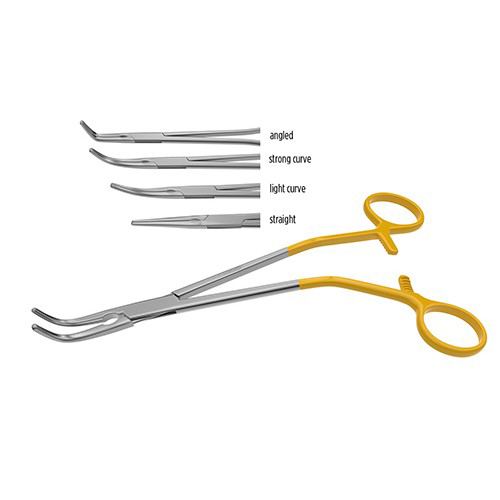
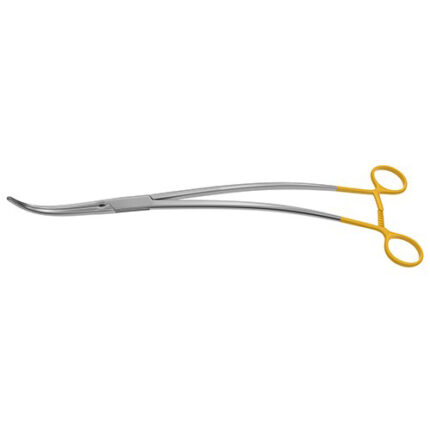
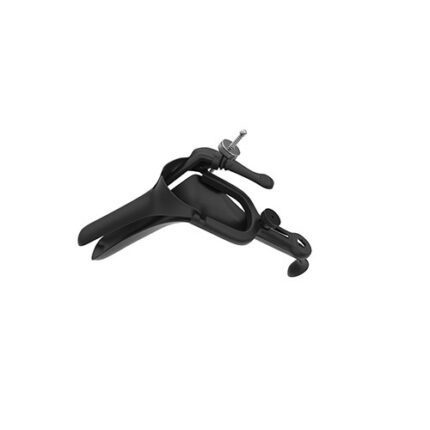
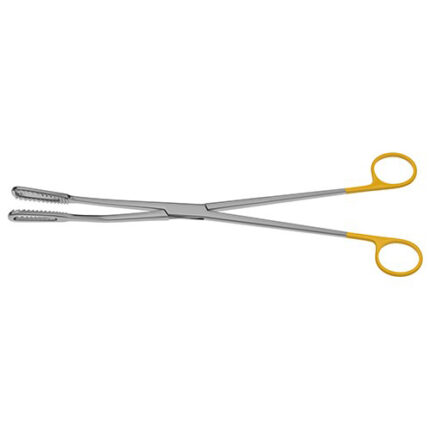
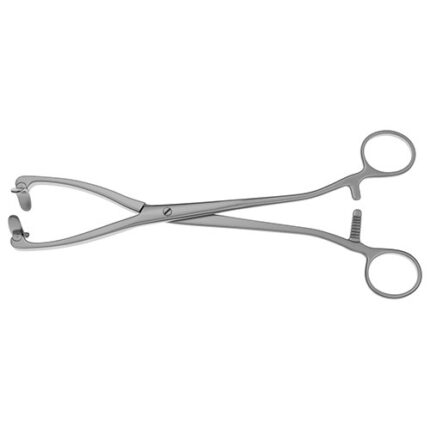
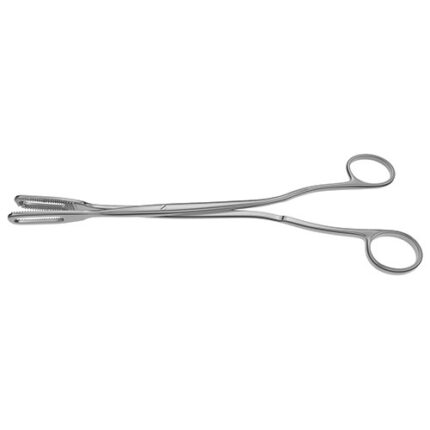
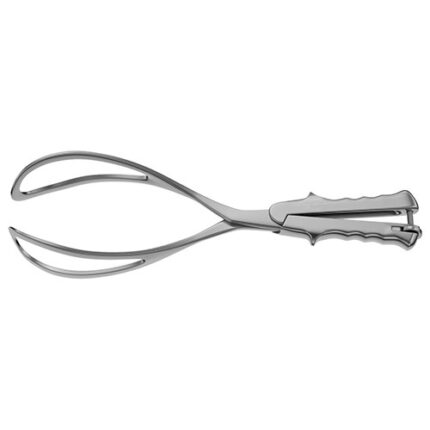
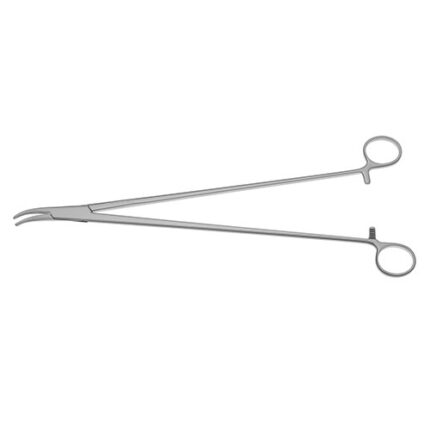
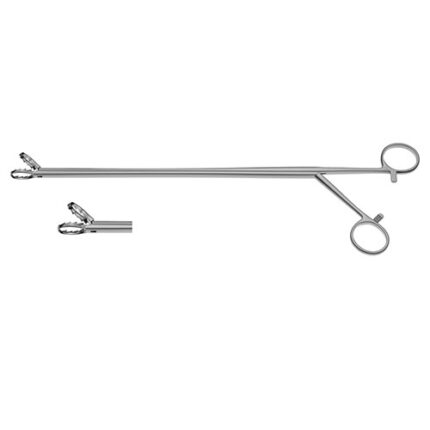
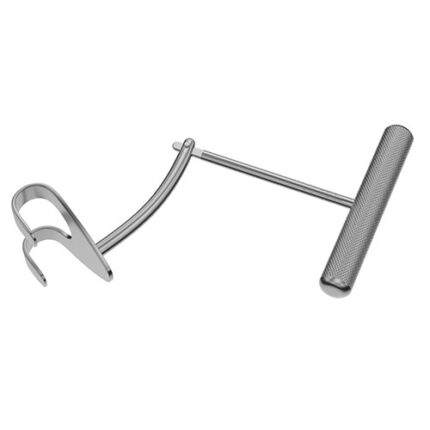
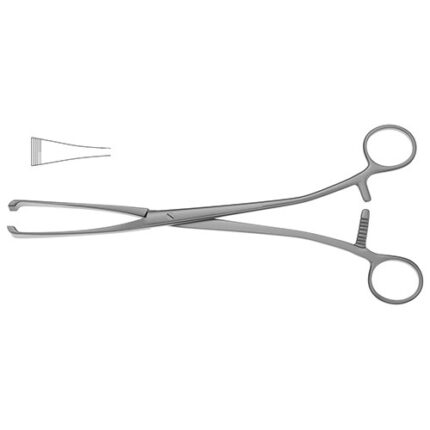

Reviews
There are no reviews yet.